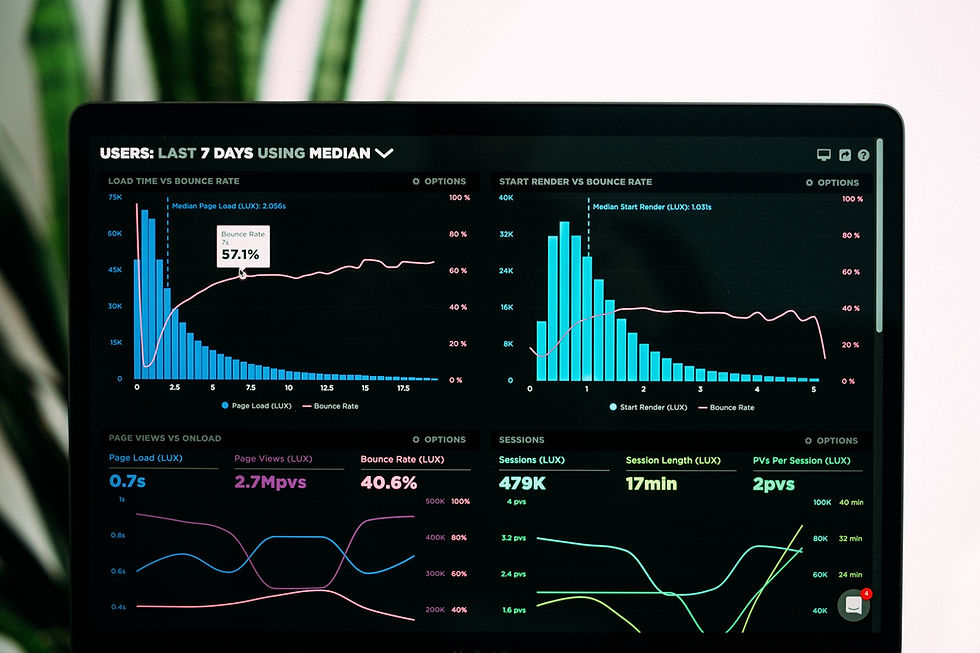LiFi Technology: A Shining Alternative to Wi-Fi
- SCHEMOX
- Dec 13, 2023
- 2 min read

In the ever-evolving realm of wireless technology, LiFi, also known as Light Fidelity, has emerged as a promising contender to Wi-Fi, the current standard for internet connectivity. LiFi harnesses the power of light to transmit data, offering a plethora of advantages over its radio frequency-based counterpart.
What is LiFi?
LiFi, coined by Harald Haas, a professor of optical communication at the University of Edinburgh, is a wireless technology that utilizes light waves to transmit data. Unlike Wi-Fi, which employs radio waves, LiFi operates in the visible light spectrum.
Why was LiFi Developed?
The development of LiFi stemmed from the limitations of Wi-Fi. Wi-Fi is susceptible to signal interference, congestion, and the inability to penetrate solid objects. LiFi, on the other hand, offers several advantages that address these shortcomings.
How Does LiFi Work?
LiFi employs LEDs (light-emitting diodes) to encode data into pulses of light. These pulses are modulated at high frequencies, enabling the transmission of digital information. Receivers, equipped with photodetectors, decode the light pulses and convert them back into digital data.
Which Companies are Working on LiFi?
Several companies are actively involved in the development and commercialization of LiFi technology. Among them are Oledcomm, PureLiFi, and Velmenni. These companies are working on various applications for LiFi, including indoor and outdoor high-speed communication, healthcare, and industrial automation.
How Can LiFi Help Us?
LiFi offers several potential benefits that could revolutionize the way we connect to the internet:
Ultra-fast speeds: LiFi is capable of achieving data transmission speeds of up to 224 Gbps, far surpassing the maximum theoretical speed of Wi-Fi.
Enhanced security: LiFi's reliance on light makes it immune to electromagnetic interference and radio frequency jamming, enhancing data security and privacy.
Reduced interference: Unlike Wi-Fi, LiFi signals do not interfere with other wireless technologies, ensuring seamless communication.
Penetration through opaque objects: LiFi light can penetrate solid objects like walls and floors, enabling connectivity in areas where Wi-Fi signals struggle to reach.
Drawbacks of LiFi
While LiFi presents promising advantages, there are also some drawbacks to consider:
Initial cost: The setup and infrastructure required for LiFi are currently more expensive than Wi-Fi.
Limited range: LiFi's range is shorter than Wi-Fi's, especially in outdoor environments.
Potential for eye damage: Direct exposure to high-intensity light beams can cause eye damage.
Comparison of Wi-Fi vs LiFi
Feature | Wi-Fi | Li-Fi |
|---|---|---|
Data transmission method | Radio waves | Visible light |
Maximum Speed | Up to 3.5 Gbps | Up to 224 Gbps |
Security | Susceptible to interference | Highly resistant to interference |
Penetration | Limited penetration through walls | Can penetrate walls and floors |
Range | Wider range | Shorter range |
Cost | Lower cost of setup and infrastructure | Higher cost of setup and infrastructure |
Conclusion
LiFi technology holds immense potential to revolutionize wireless communication, offering faster speeds, enhanced security, and reduced interference. However, its current limitations related to cost, range, and safety need to be addressed for wider adoption. As the technology continues to develop, LiFi could become a viable alternative to Wi-Fi, particularly in areas where high-speed secure connectivity is essential.
References
What is LiFi?: https://lifi.co/how-lifi-works/
LiFi vs. Wi-Fi: A Comprehensive Comparison: https://www.scaler.com/topics/lifi-vs-wifi/
The Power of Light: Lifi Technology: https://lifi.co/how-lifi-works/
LiFi: The Future of Wireless: https://lifi.co/what-is-light-fidelity-technology/




Comments